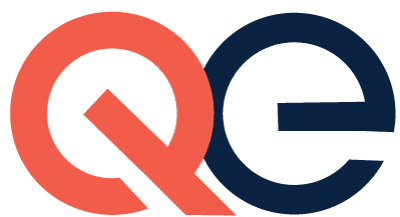Native Americans and Vocational Rehabilitation
When working with people from a culture not your own, it can be difficult to know how to best serve them in their quest to find a job. As a culturally responsive VR counselor or employment service provider, learning about a group can give you a foundation of understanding to build a relationship.
Engaging Native American Job Seekers
If you are unfamiliar with Native American culture, there are many general informational resources available. Since there are over 300 recognized tribes in North America, these resources should be used with care. They are a springboard for learning more about an individual’s specific life experience.
Recommended Resources from TACQE and Partners
Here are a variety of resources to get you started:
- Training: Overview of Tribal Vocational Rehabilitation Services – TACQE U
Participants will begin by looking at points in the legislative history for Tribal Vocational Rehabilitation (TVR). They will able to describe the relationship, note key differences, and learn the required written agreement between TVR and State VR. Finally, participants will learn ways to provide outreach to tribal members and the community - Subsistence Activities as an AIVRS Employment Outcome
Subsistence living involves maintaining a self-sufficient livelihood through traditional methods of natural resource use, such as hunting and fishing. It is a form of self-employment, in which individuals produce goods and services that are either used by the household – or for trade and bartering. - Mental Health and American Indian Vocational Rehabilitation: Dual Diagnosis and De-Escalation
The American Indian Vocational Rehabilitation Services (AIVRS) Programs are located in rural areas on government lands known as reservations. On top of the already staggering mental health caseloads on reservations, the Covid-19 pandemic has caused an unprecedented surge in the need or mental health care.
Resources from the American Indian Vocational Rehabilitation Services (AIVRS)
- Overview of the VR Process for Native American Job Seekers
- AIVRS Program Certificate of Eligibility/Ineligibility (COE) Tool
The AIVRS Program Certificate of Eligibility/Ineligibility (COE) Tool is designed for use by AIVRS program staff to assist in determining an applicant’s eligibility or ineligibility for VR services within 60 days from the receipt of a completed application (signature and date required). - Holistic Traditional Healing in Tribal Vocational Rehabilitation
The AIVRS holistic traditional delivery model will be used during the webinar to examine the RSA regulation on how AIVRS Program staff may provide culturally appropriate and responsive services that reflect the cultural background of their community. In addition, attendees will learn how traditional healing services may be incorporated into the consumer’s IPE.
Resources to Share
Here are a few more resources that can provide insight into Native American culture, so vocational rehabilitation counselors can best advice their clients.
- Native American Heritage Month 2022 Learning Resources: The University of California has compiled a number of informal resources that you can read, watch, or listen to. Learning about someone’s culture through stories is an excellent way to understand and remember important information.
- Native American Disability Law 2023 Objectives : This organization provides free legal services to Native Americans with Disabilities. One of their main goals for 2023 is to increase awareness of their VR services, and building relationships with VR programs and providers to increase awareness of the law center’s services.
- Consortia of Administrators for Native American Rehabilitation CANAR: CANAR collaborates and cooperates with administrators of rehabilitation agencies serving American Indian and Alaska Native persons with disabilities. Their objective is to improve the quality of services, which lead to positive employment outcomes. Learn about their goals and their work in partnership with CSAVR.
- 2022 Native American News Nuggets:

